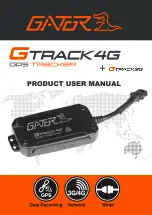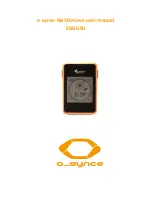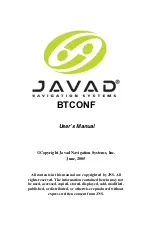
Digital Selective Calling (DSC)
DSC uses marine VHF radio GPS technologies to transmit and
receive location information. DSC is used by mariners to assist them
in two major areas: distress calls and position reporting.
A non-emergency DSC position report allows mariners to exchange
and show the positions of one another. When you receive a DSC
position, you can create a waypoint or to show the received position
on an electronic map.
An emergency DSC Distress Call allows a vessel in trouble
to transmit a substantial amount of information in a single
transmission, or “call,” without the need for voice communication.
When any nearby rescuer receives the DSC signal, an alarm sounds,
and they immediately receive the position of the caller.
The rescuer can then choose to navigate (Go To) the caller’s position
to assist or forward the call on to the Coast Guard. When the Coast
Guard receives the call, they can immediately access the caller’s
information (such as who they are and the type of vessel) in their
database while they are in transit to the caller’s location.
Any time a vessel receives a DSC call, the vessel can store that
location and quickly navigate to that position using a Go To. This
makes DSC a time-saver, especially in an emergency situation. To
use DSC, users must first register their VHF radio with the
FCC and
receive a Maritime Mobile Service Identity (MMSI) number.
What is a Maritime Mobile Service Identity (MMSI)
Number?
MMSI basically allows a VHF radio to act like a phone. The 9-digit
MMSI number acts like a phone number when used in a position
report and as a unique
identifier to the Coast Guard when used in
an emergency distress call. To obtain a MMSI number, users must
register their VHF radio with the FCC (Form 605).
Garmin does
not supply this number!
For more information regarding MMSI numbers, visit
www.navcen.uscg.gov/marcomms/gmdss/mmsi.htm
GPSMAP 378/478 Owner’s Manual
127
A
PPendIX
>
d
IgItAl
s
electIve
c
AllIng
(dsc)














































